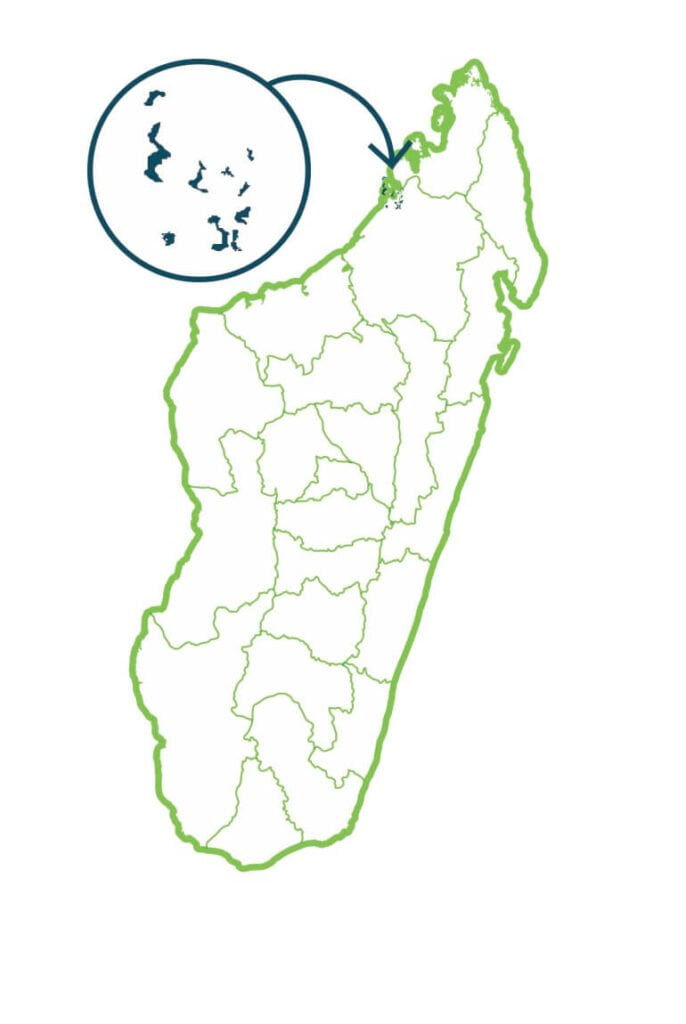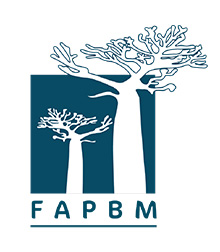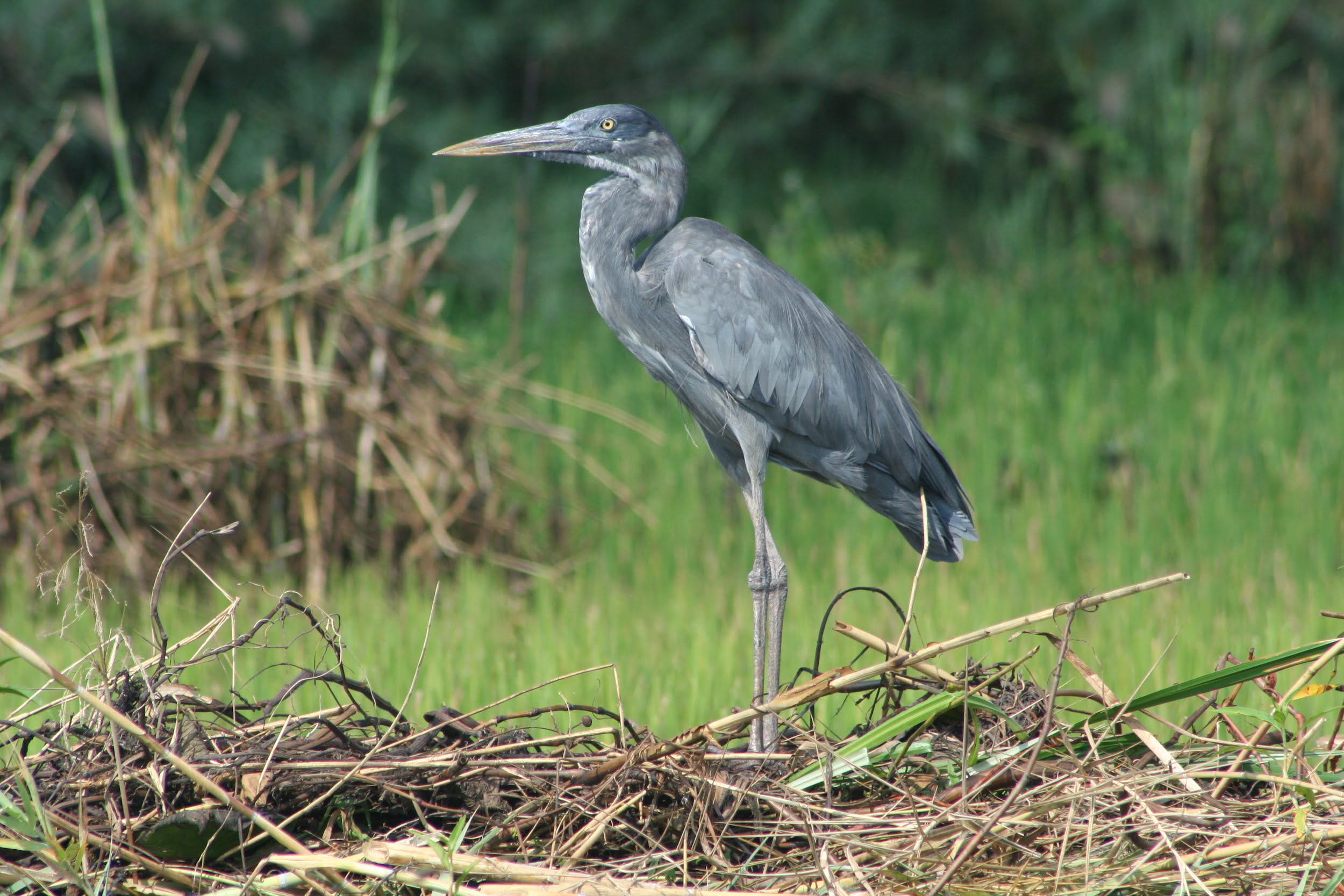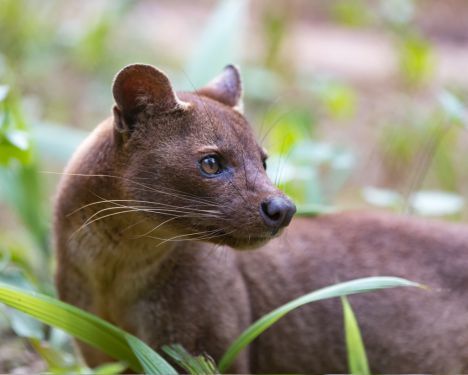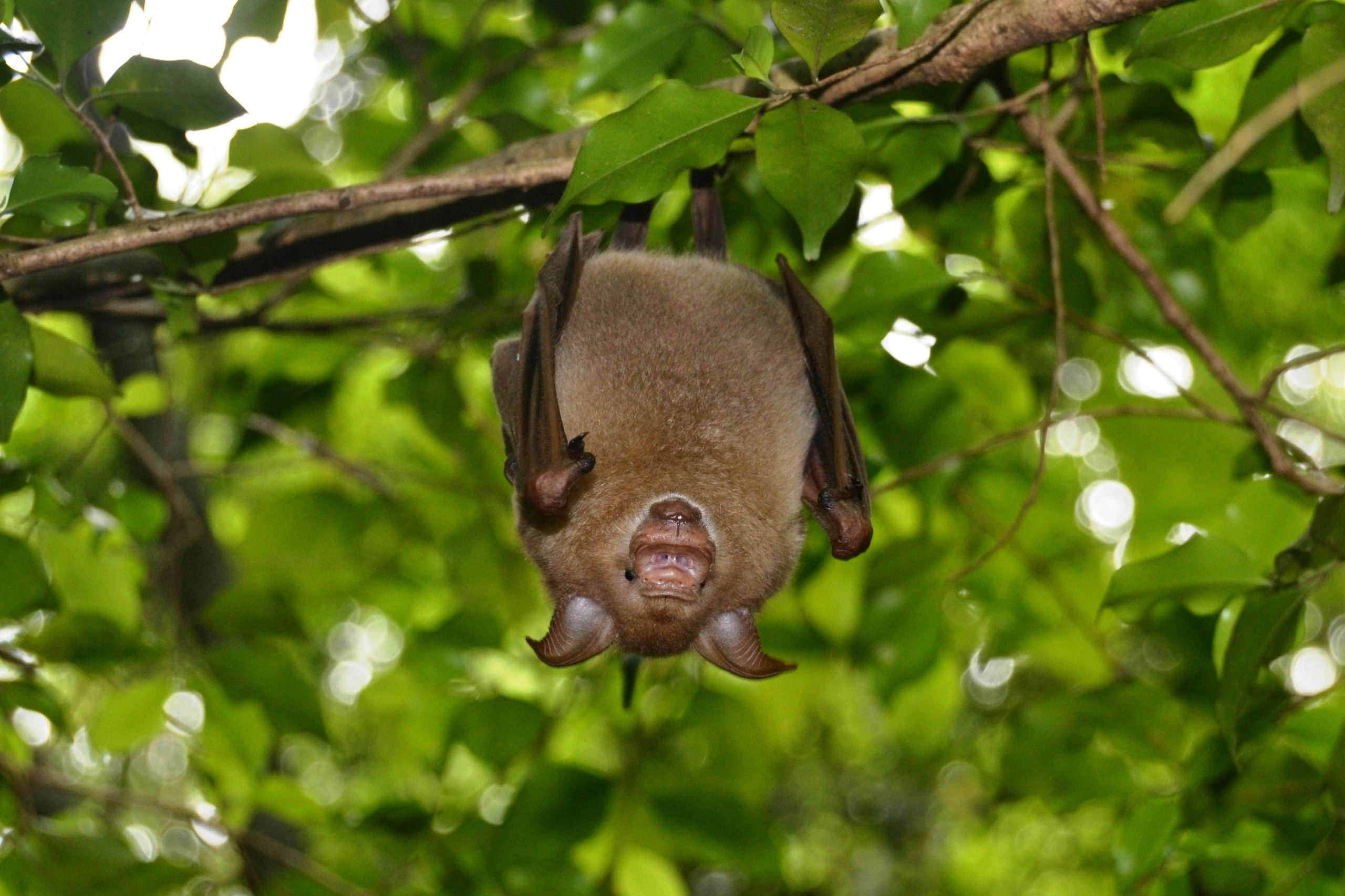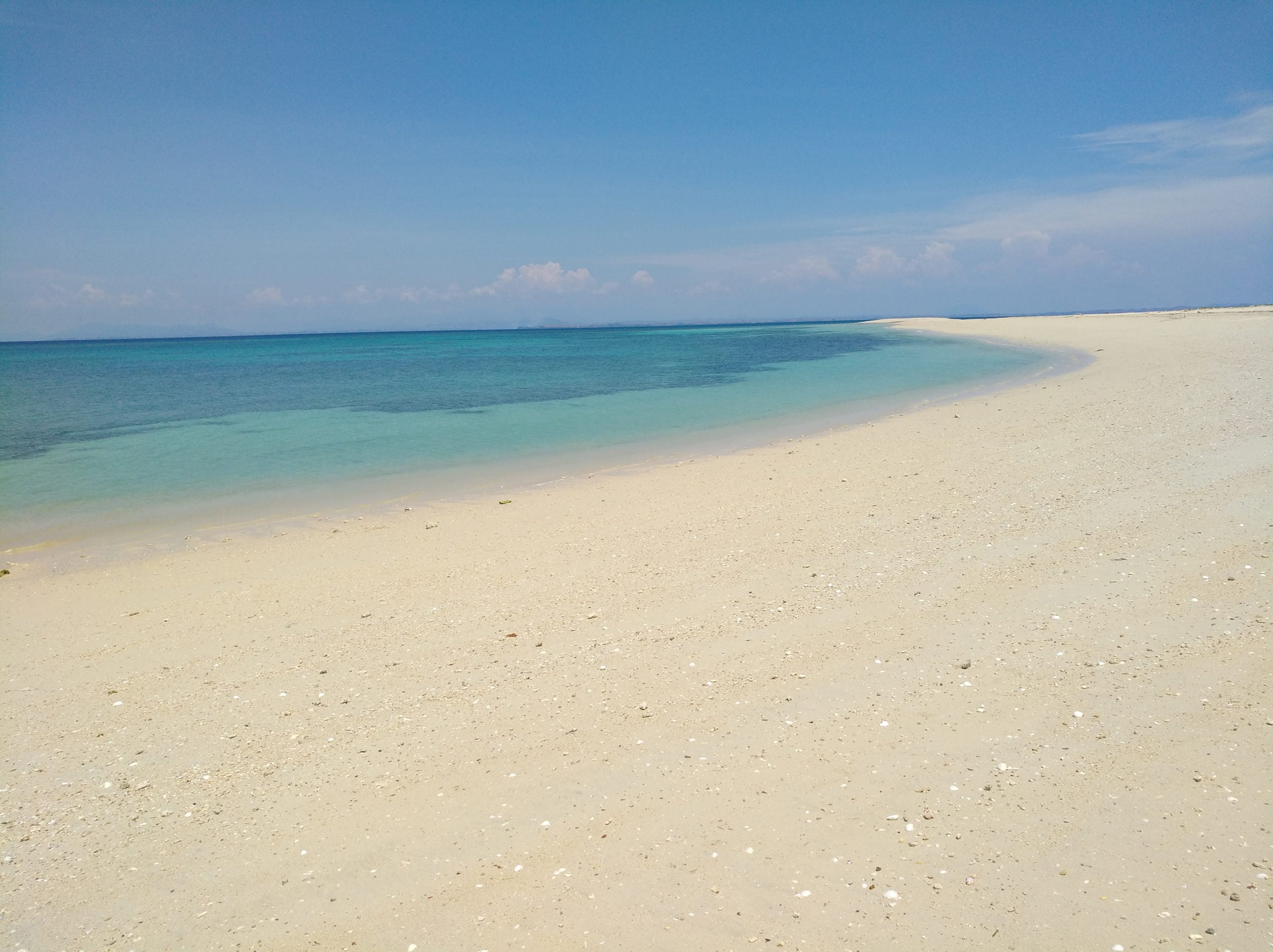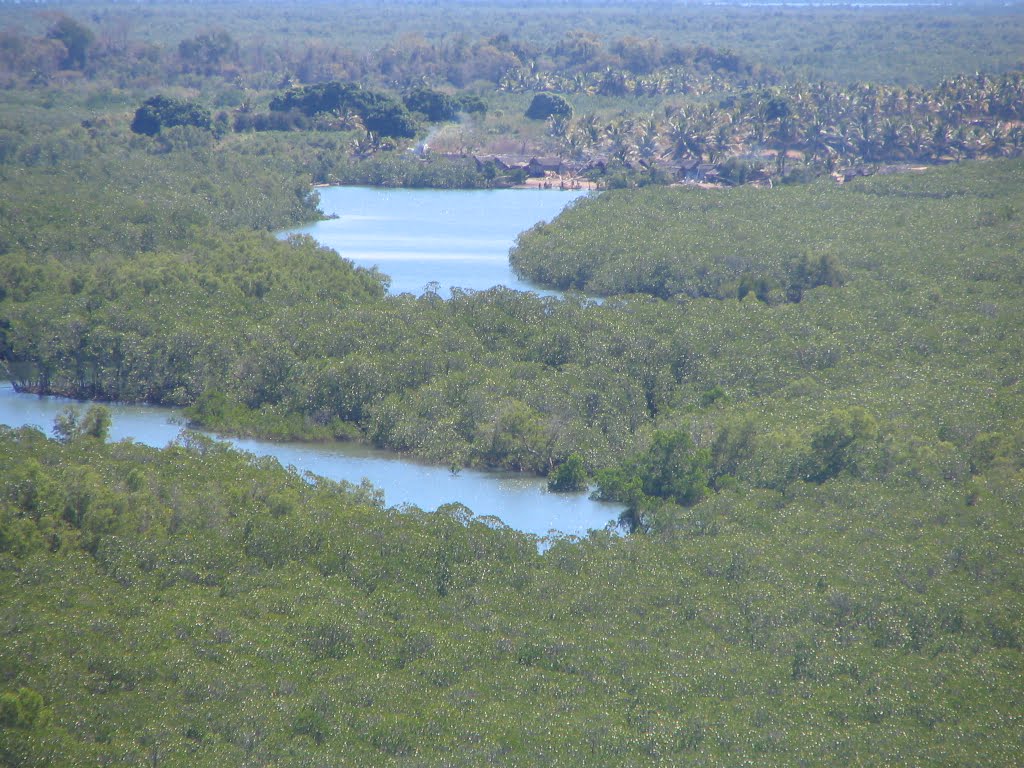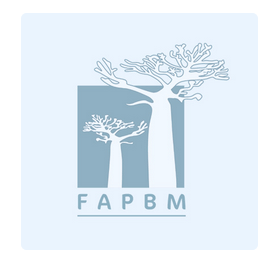Flagship Species
Sahamalaza National Park was Madagascar first marine and coastal park created within the framework of the SAPM.
The park belongs to the Northern marine and coastal ecoregion including 3 large ecosystems: marine with coral reefs, semi-caducifoliated dry forests and mangroves.
Five IUCN Red-List bird species are found in these natural habitats: Haliaeetus vociferoides, Threskiornis bernieri, Ardea humbloti, Ardeola idae and the Lophotibis cristata.
